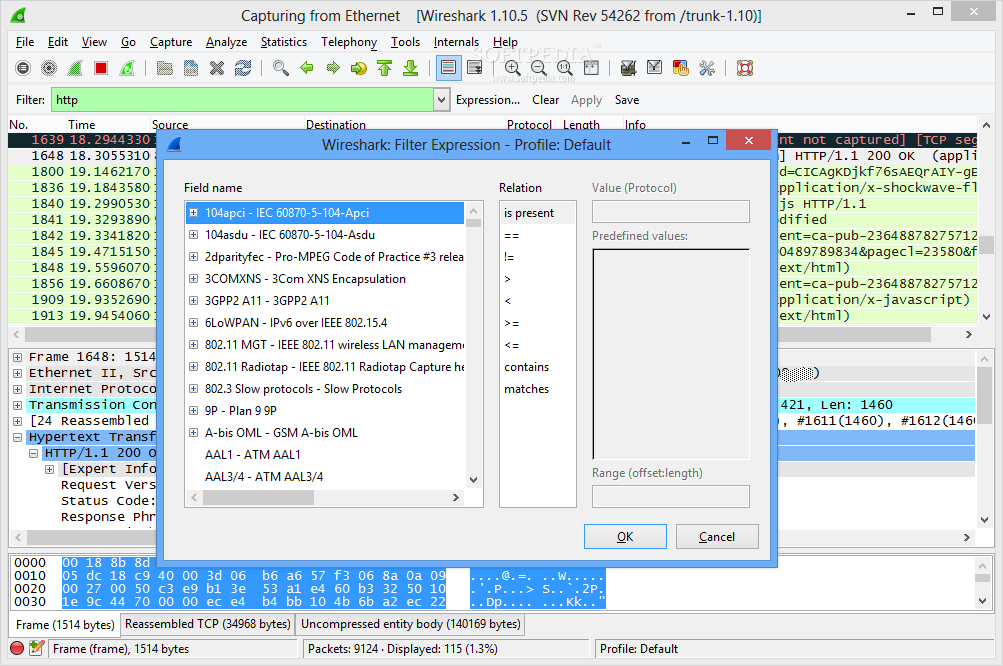
Next, start a Wireshark capture, and then navigate to In this example, it took the DNS server a meer 0.147 seconds to resolve to 93.184.216.34, 0.019 seconds to complete the 3-way handshake, 0.025 seconds for the server to acknowledge the GET request, 0.001 seconds for the server to give the OK, and 0.026 for the client to acknowledge the server. While there are a variety of places to start, I like to first close all of the open applications on the client and the flush the DNS cache. There are a number of things that can cause latency, such as packet loss, congestion, and TCP errors, et cetera. It is only after comparing our orange to other oranges that we can say that our orange is big or small. To use an analogy, it is hard to say whether an orange is big or small if you only have a single orange. Typically, you need to compare multiple Wireshark captures. The goal here is to determine if the dreaded loading gif is a problem with the client, the path, or the server. It usually makes the most sense to first perform a Wireshark capture on the client, because chances are that you will typically have access to the client, but you may not always have access to the path or the server.Ī single Wireshark capture cannot always tell you if a website is running slow. Let's use an example of a LAN with some devices connected to a switch, a few routers along the path, and a server. However, Wireshark can determine if the latency is an issue with the client, the path, or the server.

For example, lets say the dreaded loading gif is displayed when navigating to Wireshark cannot always determine why there is latency. Let's take an example where a website is loading slow.


 0 kommentar(er)
0 kommentar(er)
